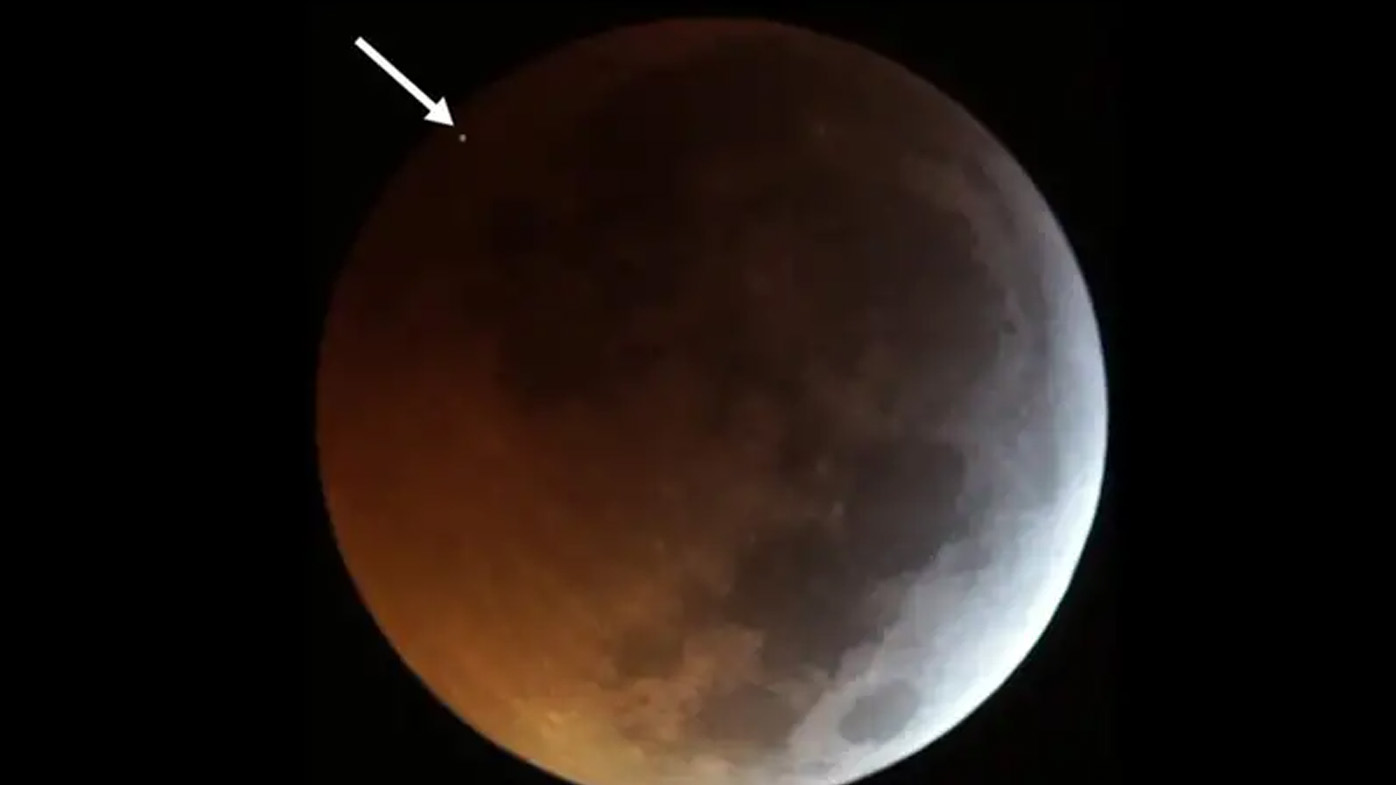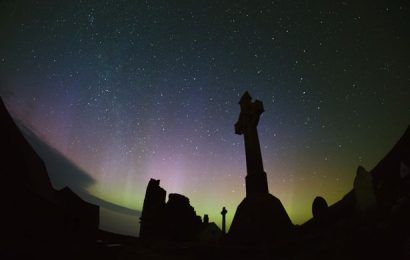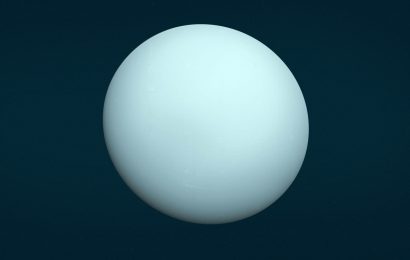Astronomers managed to capture the moment of an impact during this week’s eclipsed moon.
A comet stroke the Moon during the eclipse
Spanish astrophysicist Jose Maria Madiedo of the University of Huelva said on Wednesday, 23rd of January 2019, that it appears a rock from a comet slammed into the moon during the total lunar eclipse late Sunday and early Monday. The strike was seen through telescopes in Spain and elsewhere as a bright flash.
Madiedo said it’s the first impact flash ever seen during a lunar eclipse, although such crater-forming impacts are common.
The object hit at an estimated 10 miles (17 kilometers) per second, and was 22 pounds (10 kilograms) and 12 inches (30 centimeters) across, according to Madiedo.
Griffith Observatory in Los Angeles also recorded this impact while it was live streaming the event of the lunar eclipse. A second flash was seen a minute after the first by some observers, said Anthony Cook, an astronomical observer at Griffith.
“It was in the brightest part of the moon’s image,” Cook said of the second suspected strike, but unfortunately, “there might not be enough contrast for the flash to be visible in our video.”
Madiedo said lunar impact monitoring generally is conducted five days before and after a new moon, when flashes can be easily observed. To take advantage of the eclipse that lasted for more than three hours, he set up four extra telescopes in addition to the four he operates at the observatory in Seville. “I did not want to miss any potential impact event,” he explained in an email.
He was so enthusiastic about the event that he declared:”I could not sleep for almost two days, setting up and testing the extra instruments, and performing the observation during the night of Jan. 21,”. “I was really exhausted when the eclipse was over.”
Then, all of a sudden, computer software alerted him to the impact.
“I jumped out of the chair I was sitting on. I am really happy, because I think that the effort was rewarded,” he said.
Moon monitoring can help scientists better predict the rate of impacts, not just at the moon but on Earth, Madiedo noted. He helps run the Moon Impacts Detection and Analysis System, or MIDAS , in Spain.
Link youtube:
https://www.youtube.com/watch?v=e2WyQj7CD-8
Lunar impacts are “common”
Lunar impacts have been observed before, by MIDAS as well as by NASA’s Meteoroid Environment Office. The NASA program spotted 33 in 2017 alone, most of them associated with the Geminid meteor shower in December of that year. It’s unusual to spot one during a total lunar eclipse. But how unusual?
On one hand, lunar eclipses last no more than a couple of hours, cutting down on the duration of the viewing opportunity. But, on the other hand, lunar eclipses can be safely viewed by the public eye so if anything unusual takes place, there’s a whole lot of people to support the claims.




